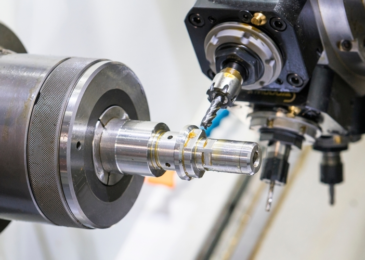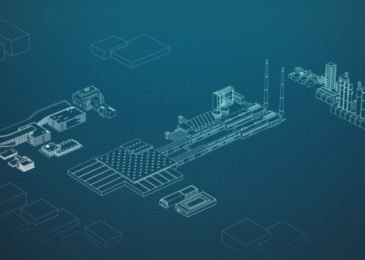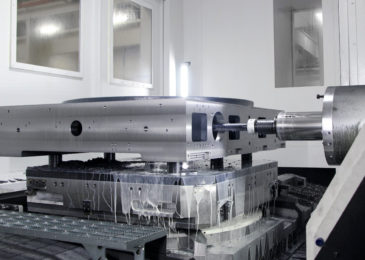There are certain processes like CNC metal cutting that work to completely transform other operations. CNC or computer numeric control is definitely one of the processes that fit into this category, as it has had a significant impact on how manufacturing is done. This impact affects the work process both now and in the future because of increasing advances in this area.
During this type of machining, computers are enabled to convert designs that are made with the use of CAD software products. This is an automated way to control manufacturing processes for machining tools and 3D printers. Designs are efficiently converted into numbers that direct the movement of machine cutters. Materials produced this way are machined in 3 distinct directions simultaneously.
This achievement alone has the potential of increasing the amount of work that businesses in many industries can accomplish. The advantages that these machines have over traditional equipment is immense and a benefit to operations.
Because a CNC machine is capable of working continuously, 24/7 it can make the same product thousands of times. These are machines that require minimal maintenance, which is yet another benefit. The transformation of the manufacturing processes also includes not having to hire additional staff to take care of operations anymore. Many say the cost associated with this machining doesn’t compare to the benefits that are received.
Global Impacts on Diverse Industries
 Market Watch is looking at the impact that CNC Machining services are having on a global basis. Forecasts show that there is expected to be an increase in this type of manufacturing through 2028. Trends are apparent that producers in different parts of the world are benefitting from this technology. It is being applied in areas, such as automobile production, aerospace, and machinery manufacturing.
Market Watch is looking at the impact that CNC Machining services are having on a global basis. Forecasts show that there is expected to be an increase in this type of manufacturing through 2028. Trends are apparent that producers in different parts of the world are benefitting from this technology. It is being applied in areas, such as automobile production, aerospace, and machinery manufacturing.
Ventures, acquisitions, and partnerships are expected to produce more of these machines. Some of the interest in these products has to do with safety. Manufacturing worksites can be particularly dangerous for staff, despite the setting. CNC operations suggest that computer-operated machinery significantly reduces the risk of accidents. Global manufacturing leaders like aileroncnc.com are also considering this as a benefit.
Plans for the Future of Manufacturing
 The cost of the machines is coming down so many experts say, which is yet another benefit to manufacturers. This is a good way to plan for the future if manufacturing processes are essential to your business model. Being able to replace less efficient machinery with CNC products helps to produce more in less time. This also reduces the cost of maintenance in many instances, as well.
The cost of the machines is coming down so many experts say, which is yet another benefit to manufacturers. This is a good way to plan for the future if manufacturing processes are essential to your business model. Being able to replace less efficient machinery with CNC products helps to produce more in less time. This also reduces the cost of maintenance in many instances, as well.
Reports presented by Market US, show market interest and activity-based upon the types of CNC Machining products being sold. It also takes a look at continuous growth from 2018 to 2028 for this technology. Vertical machining and horizontal milling are two examples in this category. The U.S., Europe, China, and Japan are the top countries interested in these machines for future manufacturing.
Localizing Industry Processes
 Manufacturers have found that it is better to do more onsite than having to go off site for projects. This requires finding the most efficient and convenient ways to complete these. Localizing this work is an appealing approach for companies in virtually every industry. CNC makes it possible to achieve these goals and to increase your numbers of productivity at the same time.
Manufacturers have found that it is better to do more onsite than having to go off site for projects. This requires finding the most efficient and convenient ways to complete these. Localizing this work is an appealing approach for companies in virtually every industry. CNC makes it possible to achieve these goals and to increase your numbers of productivity at the same time.
It serves as a way to connect factories, smart machines, as well as, additive manufacturing. Industries, such as energy, defense, mold making, and OEM products are benefited by the use of these machines. The goal is to utilize and take advantage of work environments and the time allocated to make products, tools, and parts.
Computer-controlled machines put owners in a better position to direct their operations wisely. The modern approaches being introduced in manufacturing are partly associated with this type of machining. As technology continues to advance, it is likely to see even more impacts that improve processes and productivity.





